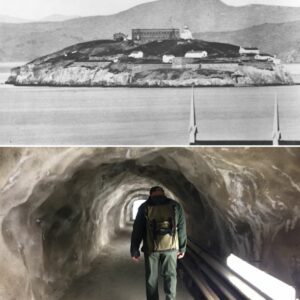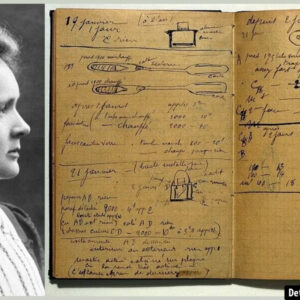The story of Juliane Koepcke is one of resilience, bravery, and pure survival instinct. On Christmas Eve in 1971, a 17-year-old girl was thrust into an unimaginable situation when her plane, LANSA Flight 508, was struck by lightning and disintegrated in mid-air. What followed was an extraordinary survival story that would defy all odds. Juliane Koepcke’s journey to survive 11 days in the treacherous Amazon rainforest without food, proper medical care, or any significant hope of rescue is an awe-inspiring tale that continues to captivate audiences around the world.
The Tragic Event: LANSA Flight 508
On December 24, 1971, Juliane and her mother boarded LANSA Flight 508, eager to return to their home in Panguana, Peru, for the holiday season. The night before, they had celebrated Juliane’s graduation in Lima. But their joyous mood quickly turned to terror when the flight encountered a powerful thunderstorm over the Amazon jungle. Amidst the chaos, lightning struck the aircraft, causing it to break apart in mid-air. The scene was horrifying, and passengers began to panic as the plane started plummeting toward the earth.
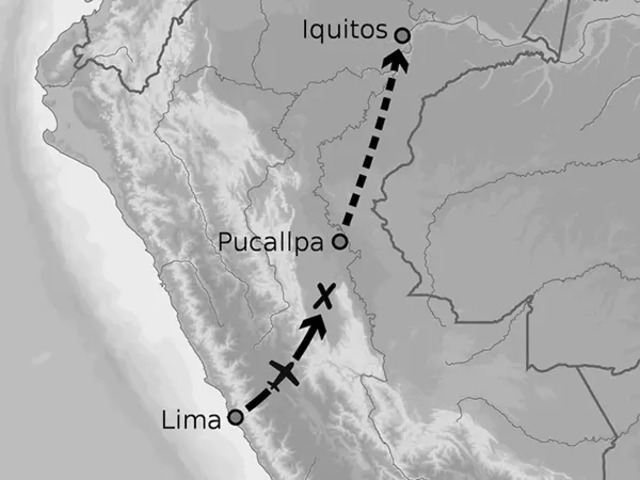
As the plane disintegrated, Juliane remained strapped to her seat, the sole survivor of the crash. Her mother was lost during the fall, and Juliane was left to face an unfamiliar and perilous jungle alone. Her survival instincts kicked in as she regained consciousness, suffering from injuries, including a broken collarbone, cuts, and a concussion. The crash was only the beginning of a battle for her life.
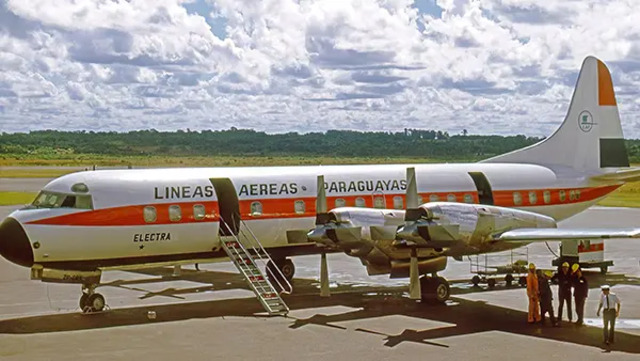
Video
Watch How Juliane Koepcke Survived A Plane Crash And 11 Days Alone In The Amazon to hear the incredible story of her survival against all odds. You won’t want to miss this!
The Impact of the Crash: Juliane’s Harrowing Descent
The crash of LANSA Flight 508 left Juliane plummeting 10,000 feet into the dense Amazon jungle. The fall itself should have been fatal, but miraculously, the thick foliage below cushioned her descent, and she survived. In her memoir, “When I Fell From the Sky,” Juliane described the terror she felt as the plane broke apart, leaving her dangling in her seat, surrounded by chaos and screams.

“I’m still strapped to my seat, but I’m alone,” she wrote. “At an altitude of about ten thousand feet, I’m alone. And I’m falling, slicing through the sky…” It’s a chilling recollection of the chaos she experienced just moments before the crash. Despite the shock of the fall, she managed to survive, with the jungle providing a modicum of protection. The impact left her with visible injuries, but Juliane’s courage and quick thinking would soon guide her through the next stages of her ordeal.
Surviving the Amazon Jungle: Juliane’s Battle with Nature
After surviving the crash, Juliane was alone in the jungle, without any means of communication or a clear path to safety. The Amazon rainforest is one of the most dangerous places on Earth, with unpredictable wildlife, extreme weather conditions, and vast stretches of dense forest. Juliane, however, had some survival knowledge thanks to her upbringing in the jungle with her parents, who were zoologists studying the wildlife of the region.
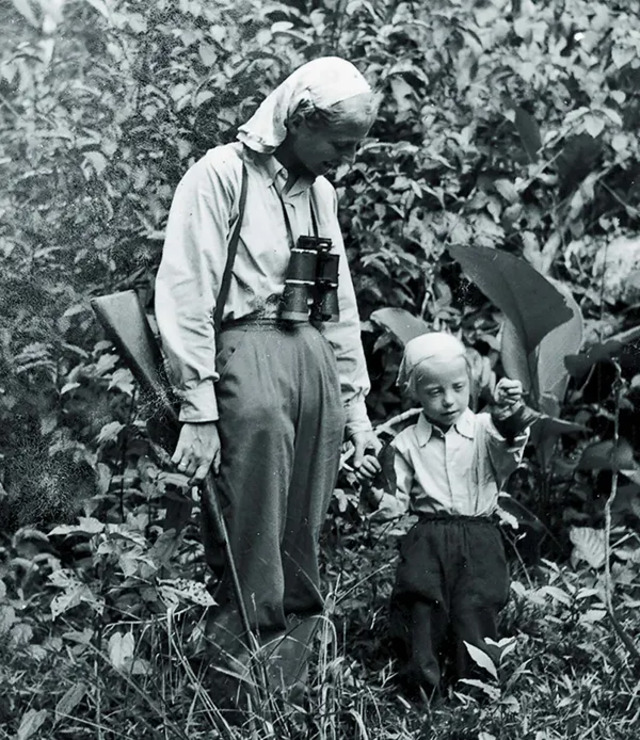
Remembering advice from her father, Juliane knew that finding water was crucial. She began to follow a stream, hoping it would lead her to civilization. As she made her way through the jungle, Juliane dealt with severe insect bites, dehydration, and an infestation of botfly larvae in one of her wounds. Despite these obstacles, she continued her journey with determination, facing her fears and pushing forward with the goal of surviving.
Physical and Mental Struggles: 11 Days of Isolation
Juliane spent 11 harrowing days in the jungle, struggling to survive. She had very little food—just a bag of sweets she found at the crash site—and drank from the stream to stay hydrated. The physical toll on her body was immense, and yet, she persevered. Her injuries slowed her progress, but her survival instincts kept her moving forward.
Mentally, Juliane was also in a state of constant distress. The loss of her mother weighed heavily on her, and she had to battle with the terrifying thought that she might never be found. As she wandered through the jungle, she came across the bodies of other victims of the crash, many still strapped to their seats. It was a haunting experience, and Juliane struggled to avoid confronting the grim reality of her situation. Yet, she continued moving forward, holding onto the hope that she would find help.
Finding Hope: The Role of Water and Local Fishermen
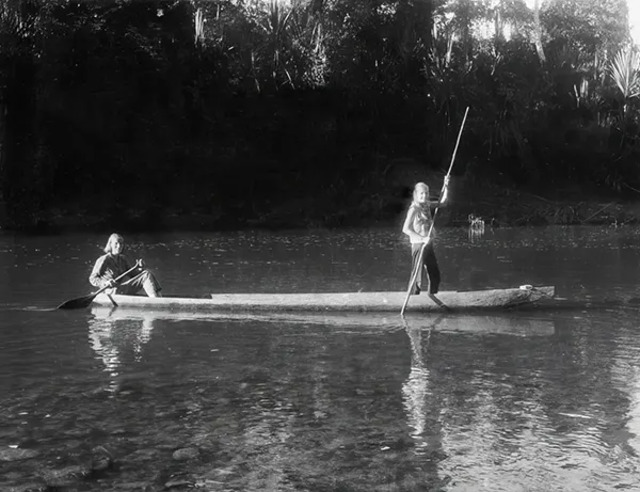
By the tenth day, Juliane was near exhaustion. Her wounds were festering, and she had consumed very little food. But she remained focused on her goal: to survive. On the 11th day, Juliane’s luck changed when she stumbled upon a small encampment set up by local fishermen. She was weak, dehydrated, and suffering from infection, but the fishermen recognized her as the survivor of the crash. They took her in, gave her rudimentary first aid, and helped her get back to civilization.
Juliane’s survival is often attributed to a combination of factors, including her knowledge of survival techniques, the physical and mental fortitude she displayed, and sheer luck. Her rescue by the fishermen marked the end of her 11-day ordeal, but the psychological and emotional scars would linger for years to come.
The Aftermath: Recovering and the Loss of Her Mother
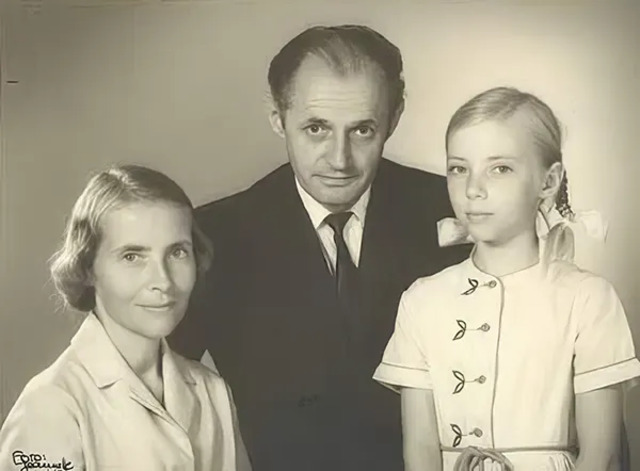
After her rescue, Juliane learned that she was the sole survivor of LANSA Flight 508. The crash had claimed the lives of 91 people, including her mother, Maria Koepcke. This devastating news was hard to process, but Juliane’s determination remained strong. She assisted in locating the crash site and recovering the bodies of the victims, including her mother’s.
Juliane’s physical recovery was slow, but she eventually returned to Germany, where she studied biology at the University of Kiel. She later earned a doctorate and returned to Peru to conduct research, specializing in mammals and bats. Her work in the field reflected her continued connection to the natural world she had been exposed to as a child.
Life After the Crash: From Survivor to Scientist
Despite the trauma she endured, Juliane Koepcke found meaning in her life and work. She married German entomologist Erich Diller in 1989 and took over the management of the Panguana research station after her father’s death. Her career in biology, along with her contributions to the field of mammalogy, has helped her make sense of her survival story.
Her remarkable journey of survival was later immortalized in the 1998 documentary Wings of Hope, directed by Werner Herzog. The film captured the raw reality of her experience and became an essential part of understanding Juliane’s resilience.

A Legacy of Resilience: Juliane Koepcke’s Influence
Juliane’s story continues to inspire others and has shown the world the incredible power of the human spirit. She has used her platform to discuss her survival and to educate others about the importance of perseverance, resilience, and the will to survive against overwhelming odds.
Gallery of Juliane Koepcke’s Incredible Survival Journey

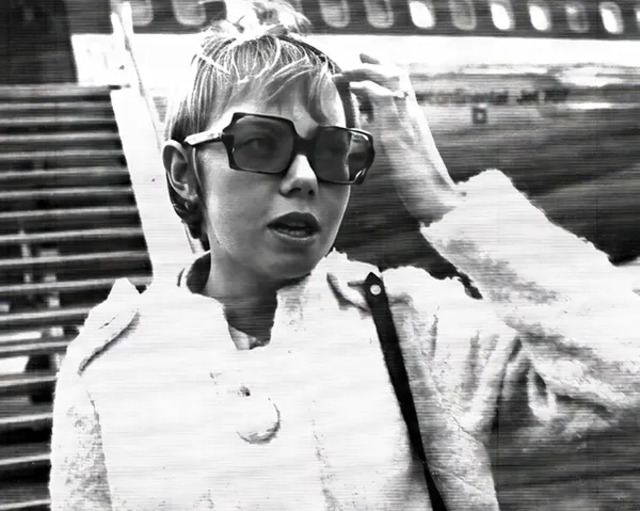
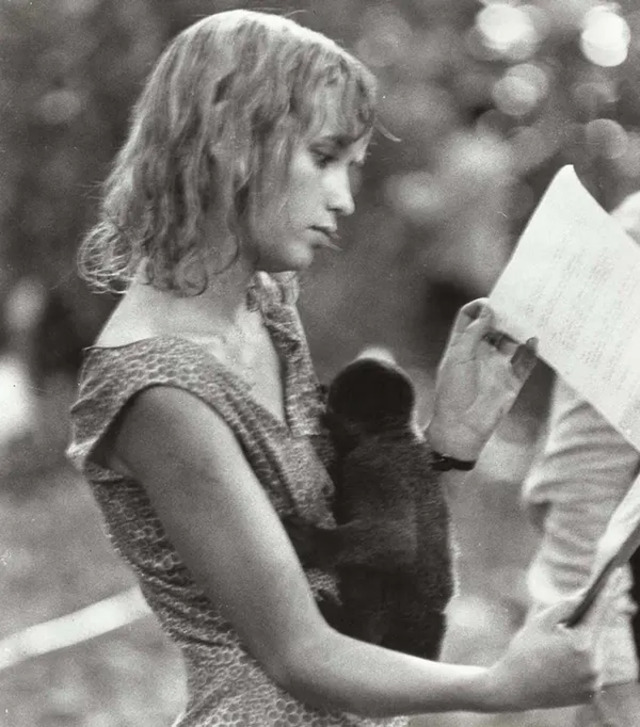

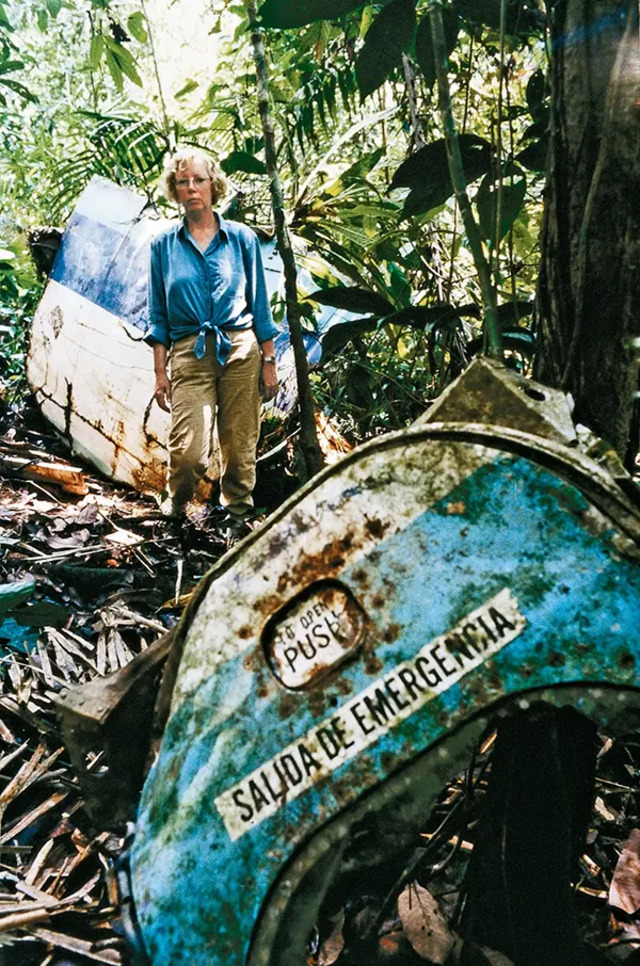
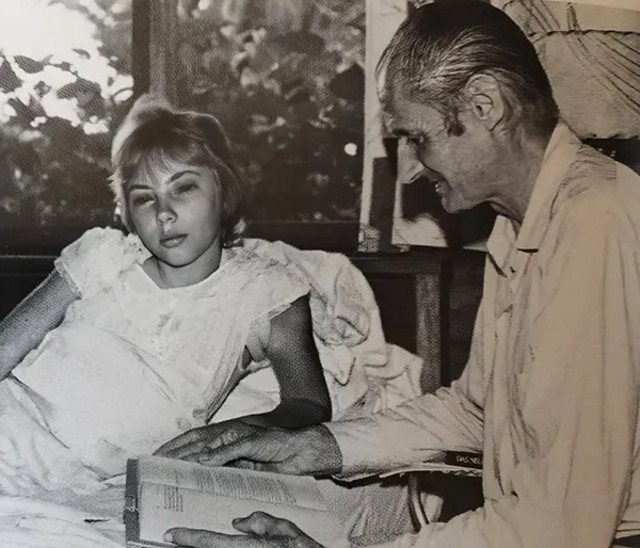

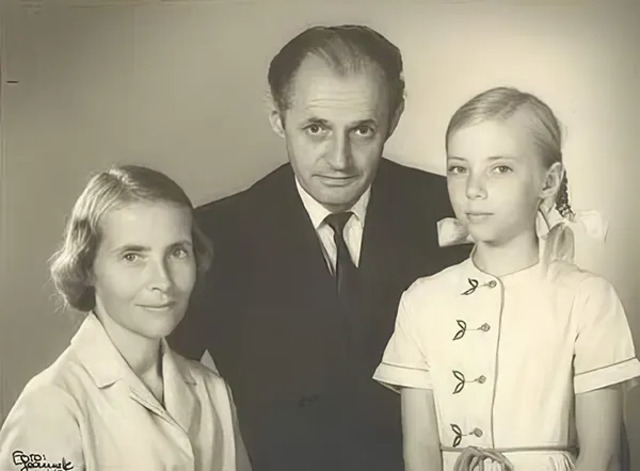
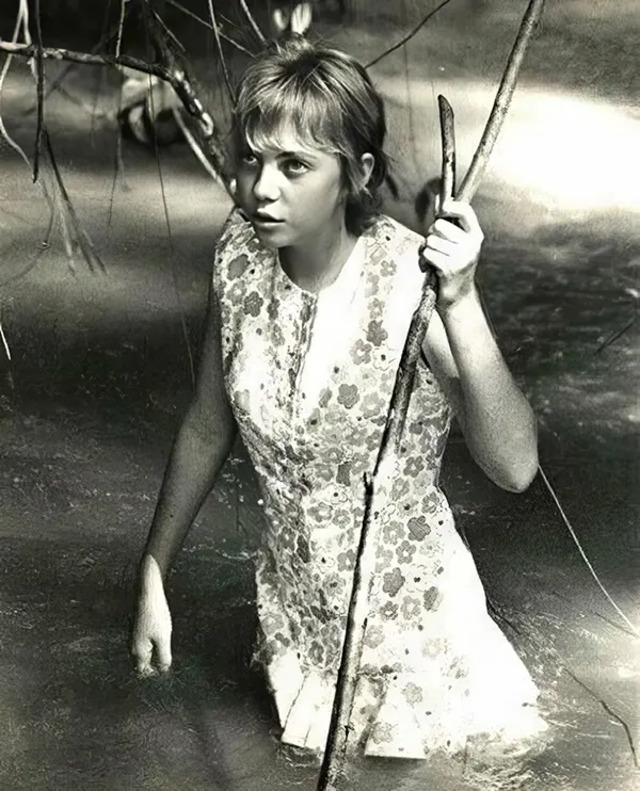

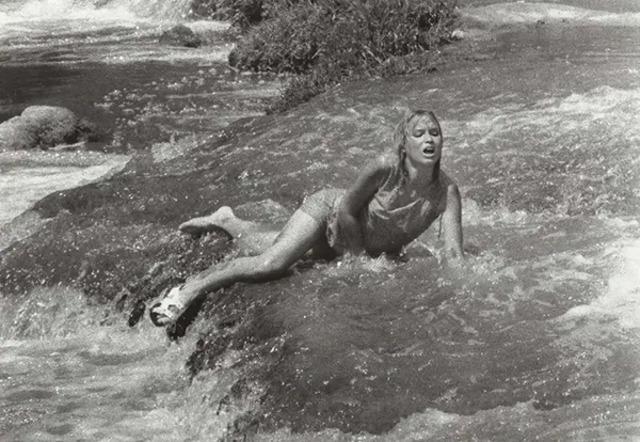
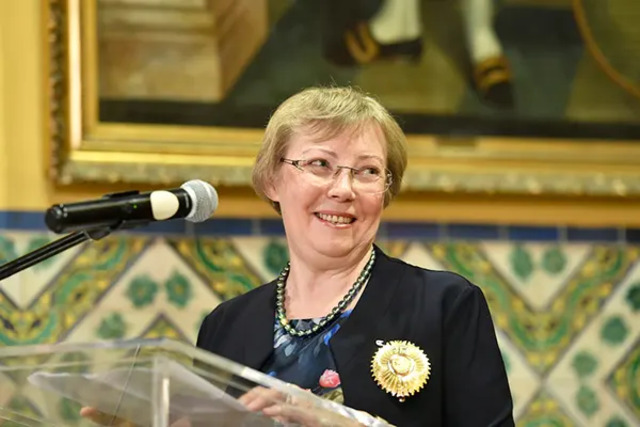
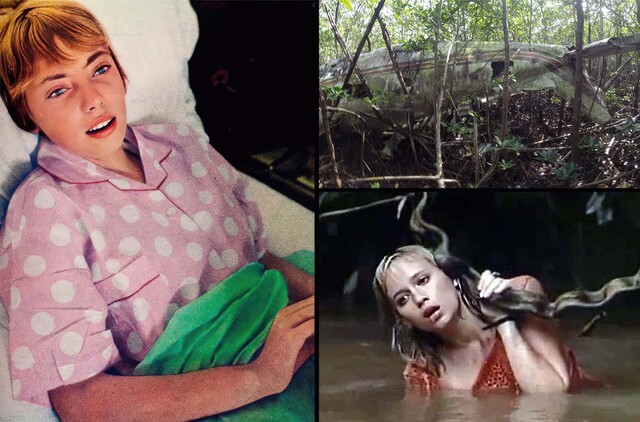

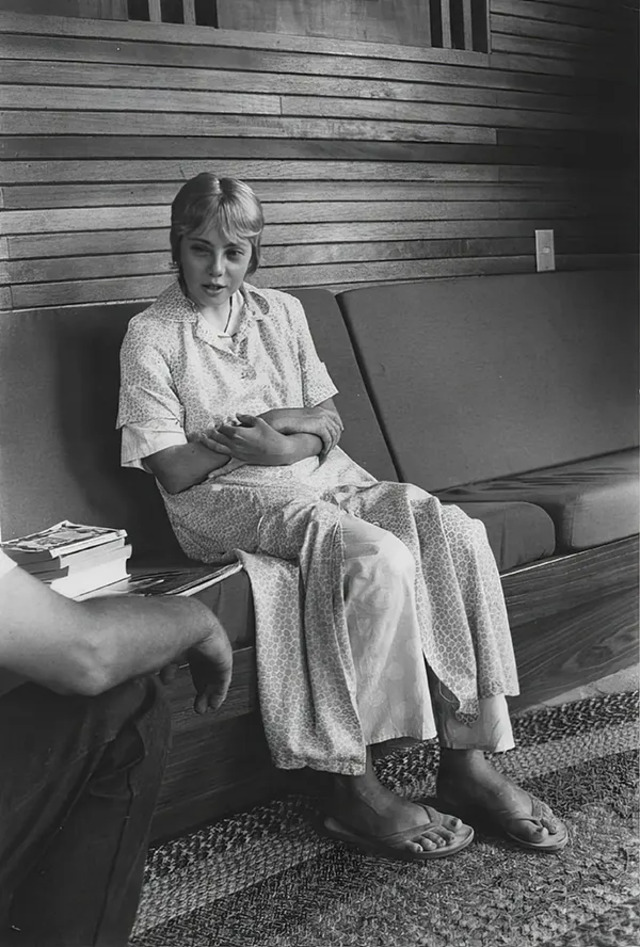
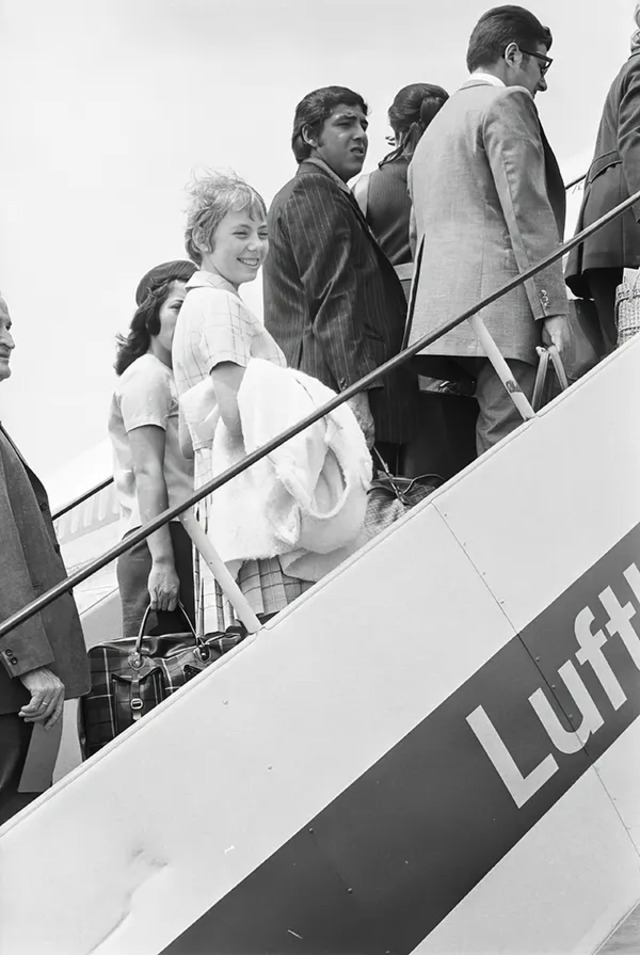

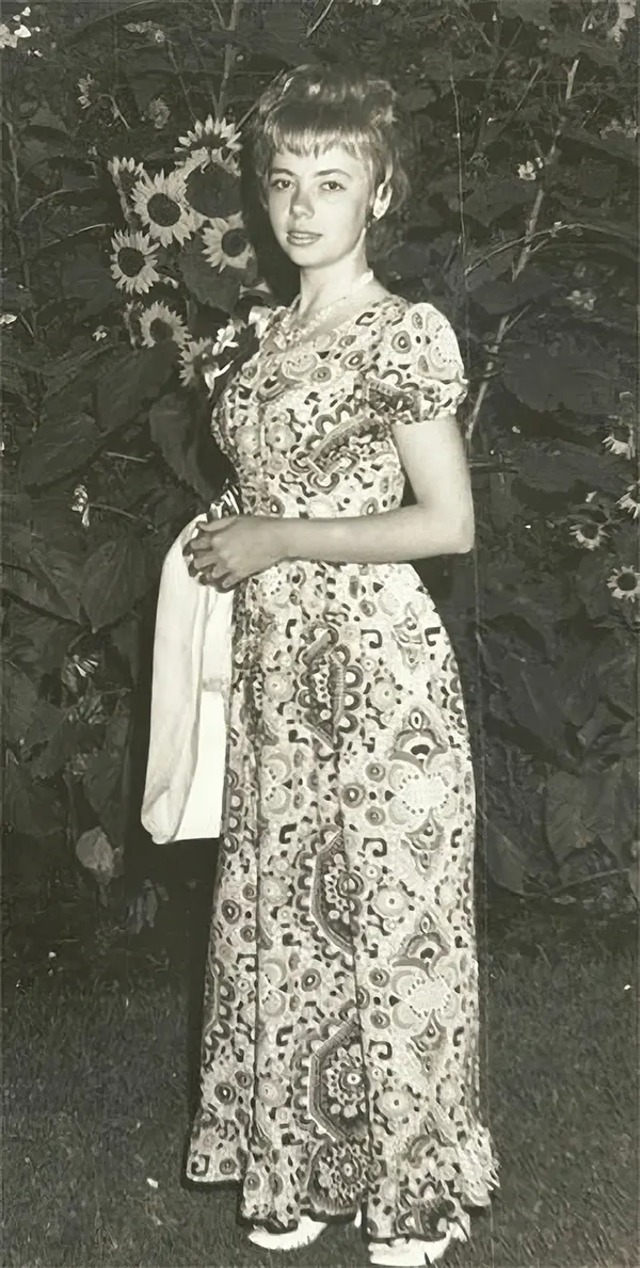
Video
Watch Juliane Koepcke and the LANSA Disaster | A Short Documentary on Fascinating Horror to learn about her incredible survival story. A must-watch for true adventure enthusiasts!
Conclusion: The Enduring Impact of a Remarkable Story
Juliane Koepcke’s survival story is a testament to the strength and resilience of the human spirit. Her journey through the Amazon jungle is a powerful reminder that against all odds, survival is possible. Even in the darkest of circumstances, the will to live can prevail. Juliane’s story continues to inspire and remind us all that hope and perseverance can guide us through the most unimaginable challenges.

